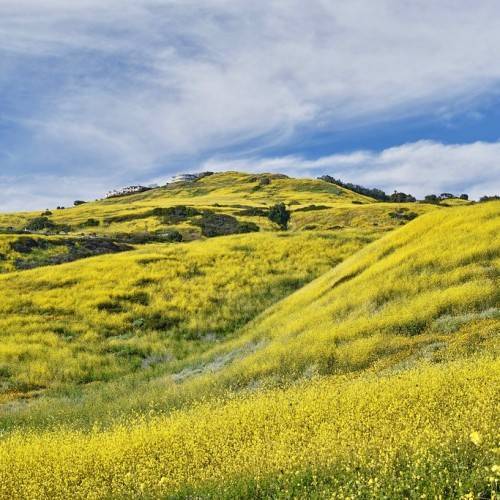
Black Mustard
Brassica nigra
Watering:
Frequent
Hardiness Zone:
Sun:
full sun,part shade
Leaf:
Yes
Growth Rate:
Low
Drought Tolerant:
Yes
Care Level:
Moderate
watering
Slender False Brome should be watered consistently, about once a week, and more regularly during hot months. To determine when to water, look for signs of wilting of the leaves, which is an indication that the plant needs water, and water it deeply then. Water in the morning time to help prevent fungal diseases from developing due to excess moisture on the leaves. Make sure to water the soil and not just the foliage. Avoid over-watering, althoughfalse brome is relatively drought-tolerant, as excessive moisture can lead to root-rot.
sunlight
Slender False Brome grows best in full sun to partial shade. In full sun, the plants will need at least 4 to 5 hours of direct sunlight each day; however, the plants should not be exposed to intense afternoon sunlight. In partial shade, Slender False Brome can survive with 2 to 3 hours of filtered sunlight each day. It is important to note that these hours of direct or filtered sunlight should be spread out over the course of the day, rather than concentrated in 1 or 2 of the hottest hours of the day. Too much direct intensity at once can cause sunscald and damage to the plant.
pruning
Slender False Brome (Brachypodium sylvaticum subsp. sylvaticum) should be pruned in late winter or early spring when the plant is still dormant. Pruning should be done lightly to maintain the natural shape of the plant. Remove any dead or diseased stems down to the base, along with any stems that are too tall to retain the desired shape. If it is necessary to reduce the size of the plant, this should be done towards the bottom of the plant and as little as possible.
